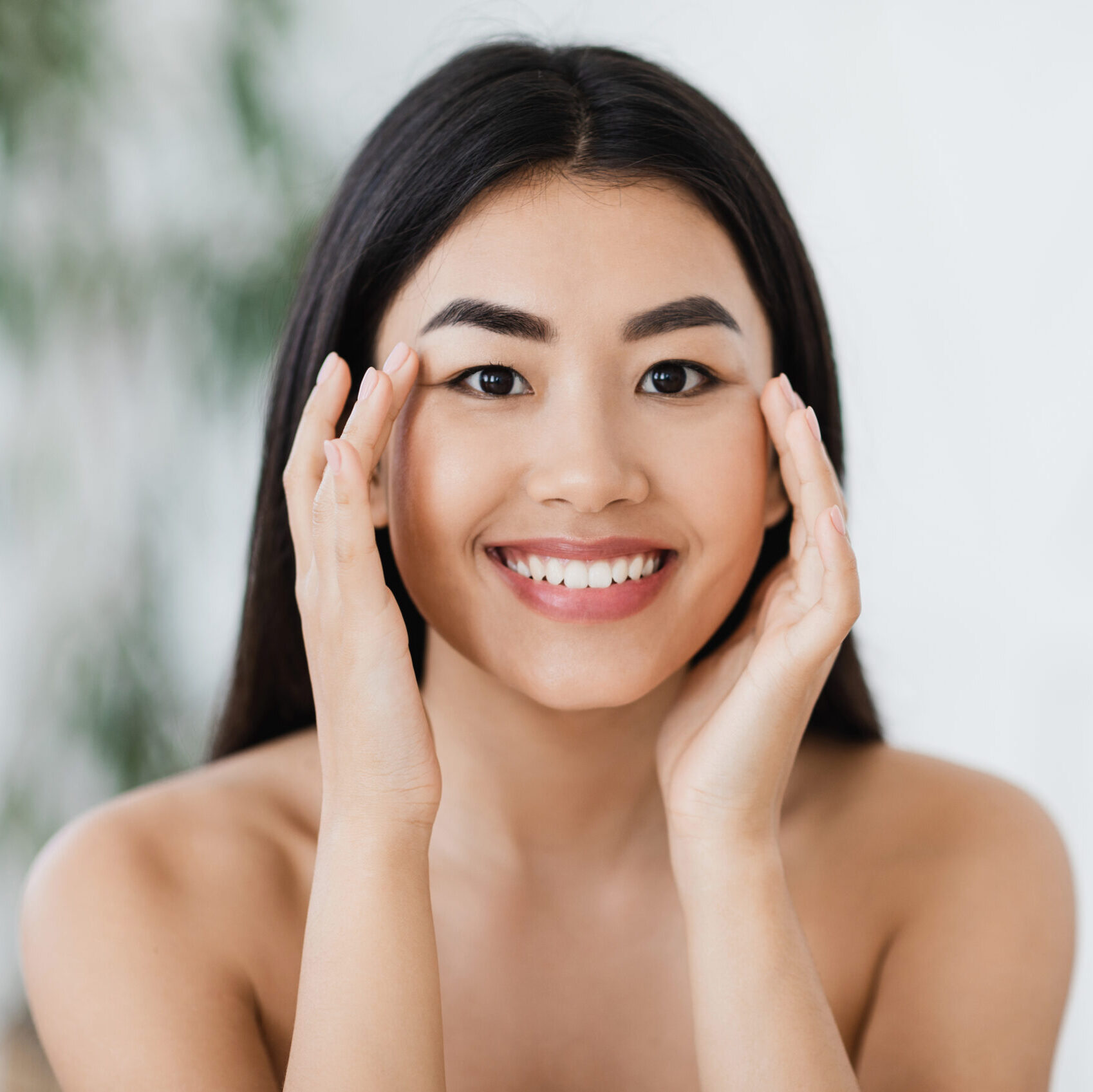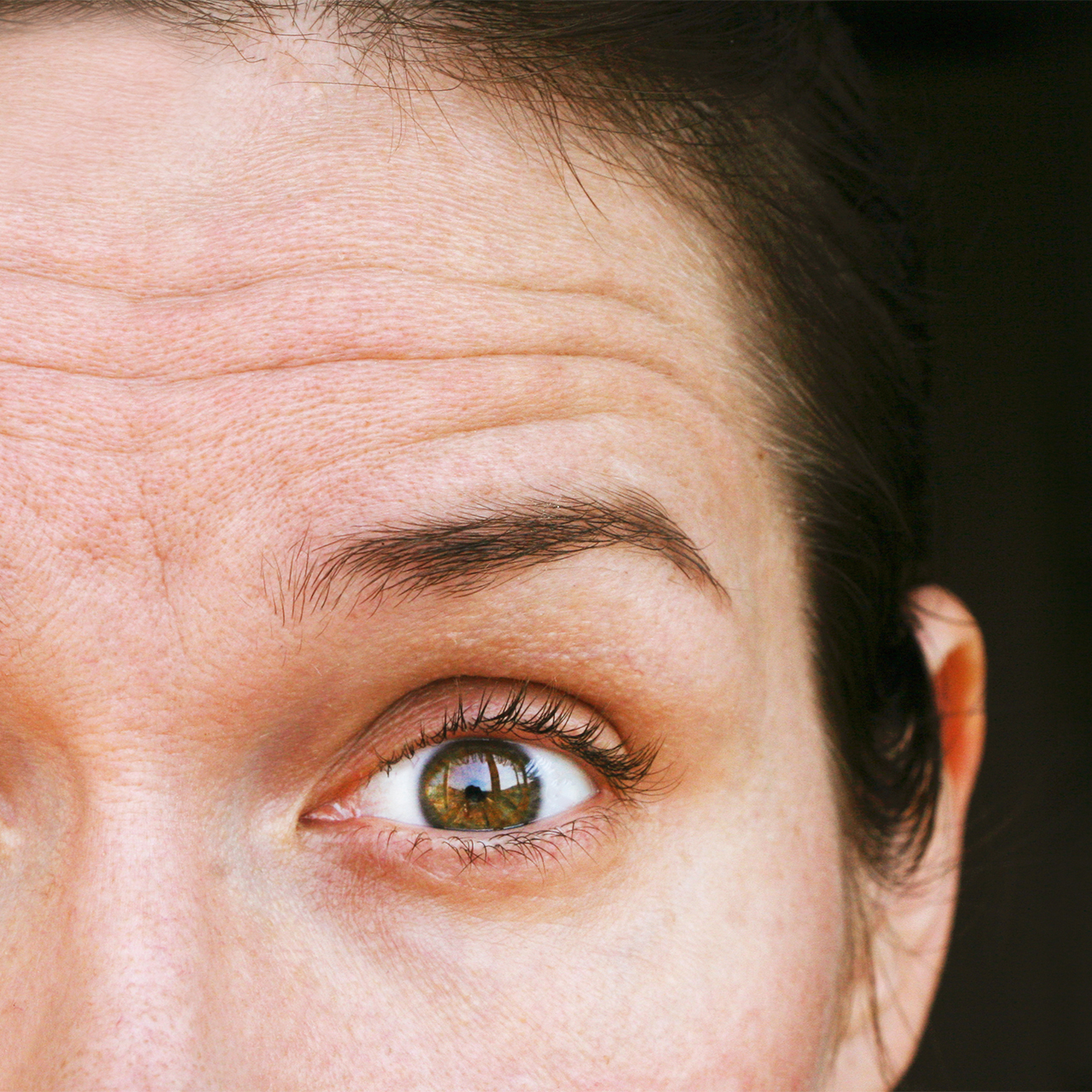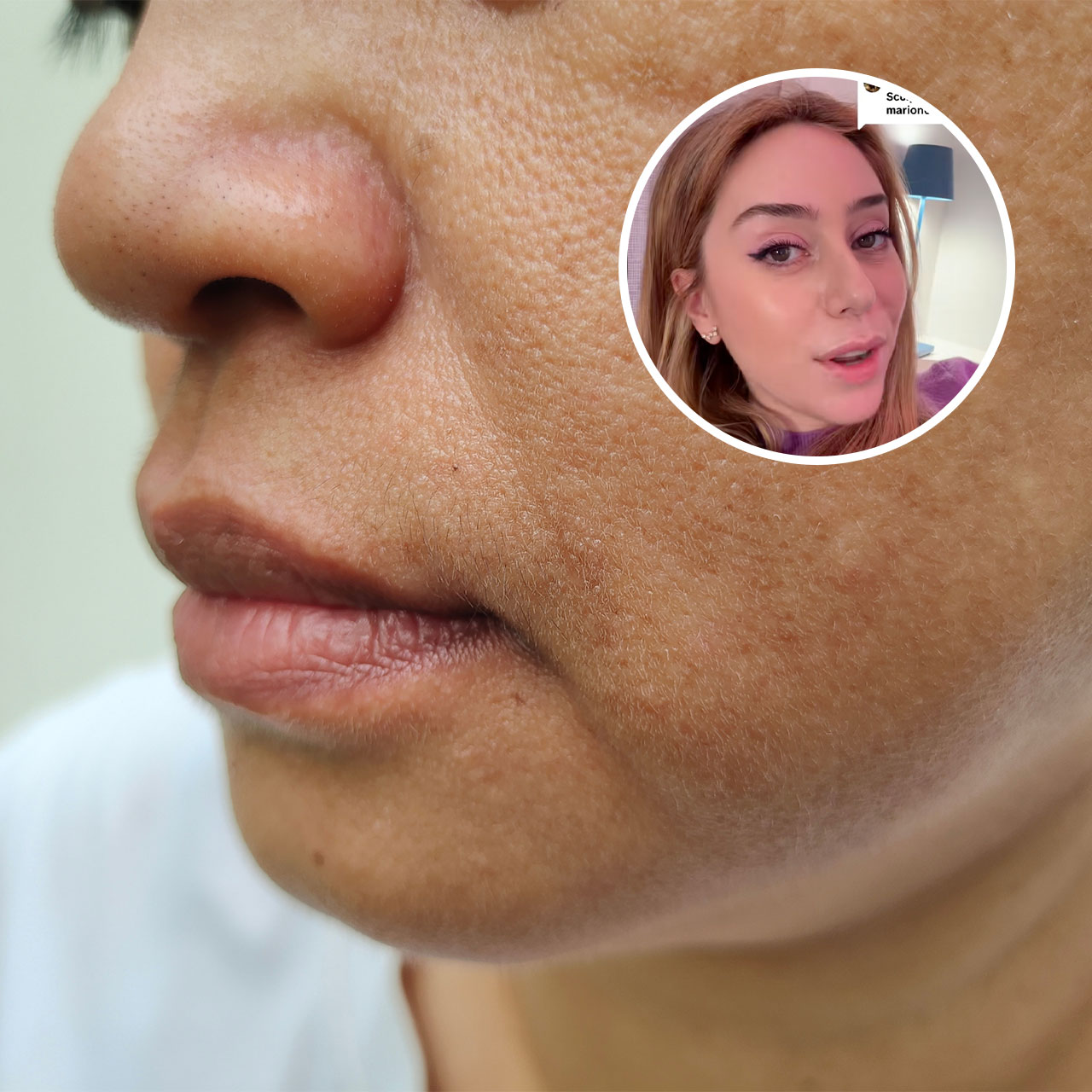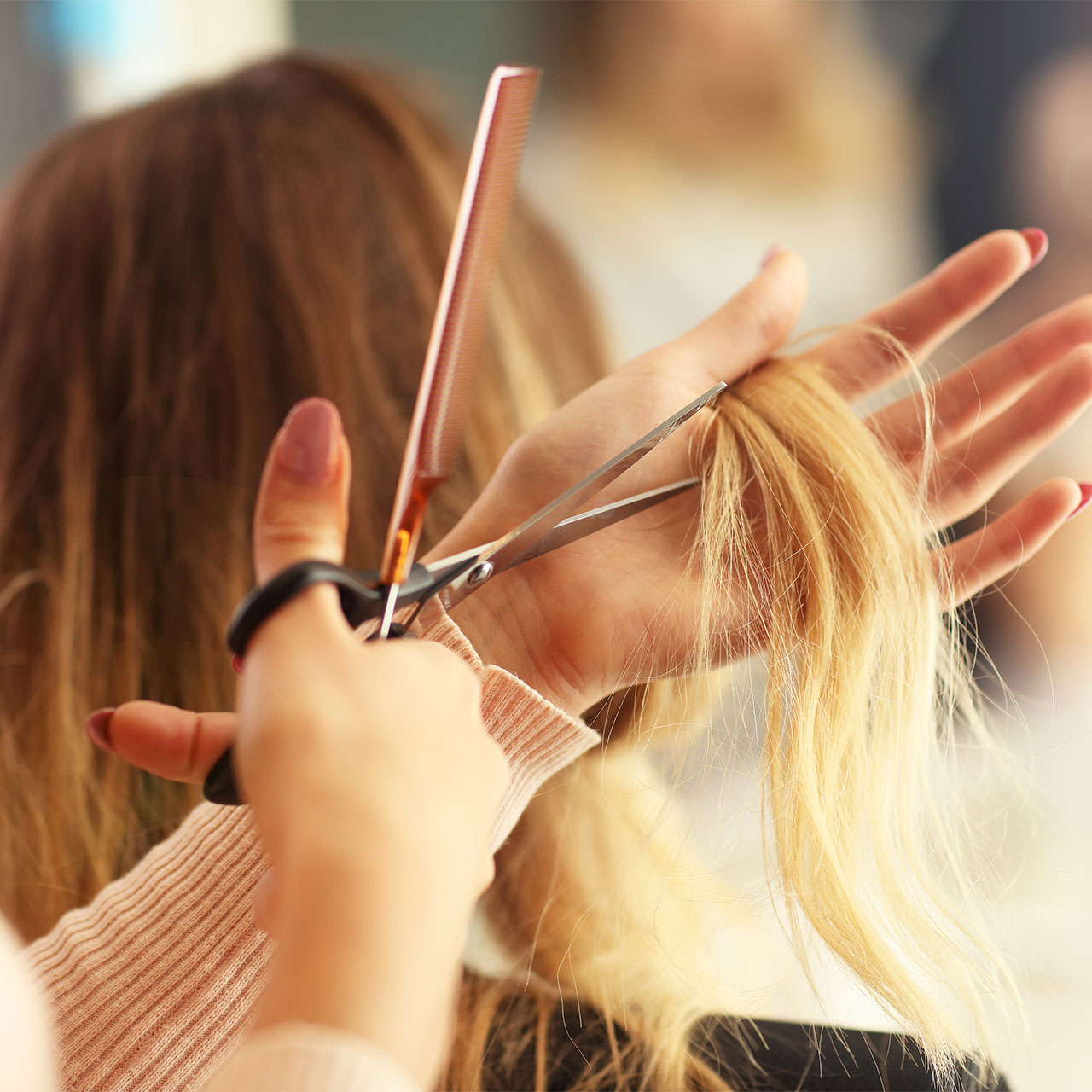This article has been updated since its initial publish date to include more expert insight.
If you’re over 35 or 40 you have likely felt the pull of anti-aging skincare marketing from every direction.
Whether it’s a brand trying to sell you a cream, an at-home device, or a pill to take to increase hair density and prevent shedding, there seems to be no stop to the chatter. It can be easy to become overwhelmed by all of the noise, and confused about whether a certain product actually can make a dent in your skincare goals.
The last thing you want to do is allow this confusion to take over your wallet and leave you in debt. Before you buy yet another device or serum that promises it can help wrinkles fade, make skin more taut, or decrease pigmentation, heed the advice of dermatologists: a number of these claims are total nonsense. And while adopting a great skincare routine is always a wise move, wasting money on products that do nothing or worse — may irritate your skin — is not.
“These treatments have become so popular because they’re affordable,” says Dr. Anna Chacon, a board-certified dermatologist and published author. “Sometimes, people who purchase or avail of these treatments think they could save up money. But the thing is, it would only double or even triple the cost.” Dr. Chacon says these three popular anti-aging treatments that are hyped up actually do nothing for wrinkles.


3 Anti-Aging Treatments That Might Not Be Effective In Treating Wrinkles
1. Microneedling At Home
Microneedling has been demonstrated in studies to aid in the absorption of topical skin care therapies such as vitamin C and retinoids when performed in a professional environment, Dr. Chacon says. But the key words here are “professional environment.”
This means spending more money to have a dermatologist perform this fantastic treatment in a clinical setting. At-home devices, including microneedling tools, have become popular in recent years because they promise to mimic the results of these procedures without the need to spend a lot of money or endure recovery downtime. Unfortunately, they aren’t substitutes for the real thing.
“Hygiene and safety are concerns with at-home kits,” Dr. Chacon says. “Furthermore, the needling device is quite likely to be very shallow — so shallow that it will be ineffective.”
If you have sensitive skin and you press too hard with a micro needle device, you can also irritate your skin. If you’re curious about this procedure, it’s best to leave it to professionals who can perform it safely and effectively.

2. Essential Oils
Sensitive skin and fragrances do not always mix — even if the source is a natural oil. Essential oils in skincare has become something of an ubiquitous trend — there are even stand-alone oils that are sold as serums for anti-aging benefits.
It’s important to read labels, especially if you have sensitive skin, because it’s not uncommon for brands to sneak a peppermint or lavender oil into a serum or cream to give it a refreshing fragrance. Furthermore, there’s no proof that these ingredients do anything to help signs of aging.
“Some essential oils have wonderful qualities, plus they smell fantastic (love them in my diffuser),” Dr. Chacon admits. “However, when used at full dose on the face, they can cause psoriasis, rosacea, dermatitis, and skin irritation. Although essential oils may be used safely on the face, they must first be diluted in a carrier oil.”

3. Face Rollers
“Nowadays, does everyone use a face roller?” Dr, Chacon says. “Even though they may feel relaxing, especially when cold, there isn't much scientific evidence to back up the anti-aging promises made by these overhyped skincare products.
Built from jade? Perhaps rose quartz? Maybe amethyst? Nothing matters. They won't provide any long-term advantages, however they may temporarily aid to decrease edema or puffiness.”
If you have a face roller in your fridge ready and waiting for you every morning, don’t stop incorporating it into your routine — but it’s helpful to temper your expectations. “There is no damage if you love using them,” Dr. Chacon says. “Just remember not to hope for marketing miracles.”

3 Alternative Treatments & Procedures That Can Actually Help Smooth Out Fine Lines
Now that Dr. Chacon has covered the treatments that don’t make a dent in anti-aging skincare, what does she actually recommend that you CAN do for your skin?
Her tips range from those that can be done right at home in your bathroom to those that will require tons more money and downtime — but all are proven to work.

1. Retinoids
Retinoids, which include retinol, retinal aldehyde (Retin-A), retinyl esters, adapalene, tazarotene, and tretinoin, are substances derived from vitamin A that help enhance the texture, pigment, and moisture levels of your skin, Dr. Chacon says.
“Retinol is a common ingredient in over-the-counter skin care treatments. Collagen and elastin, which provide your skin structure and support to prevent wrinkles, can be activated by retinol by penetrating deeply into the layers of your skin,” she says.
“You can apply products that contain retinoids at home directly onto your skin as you would a lotion or a moisturizer. Make sure the retinoids-containing products you use are appropriate for you by consulting your healthcare professional.”
Remember: retinoids can be irritating, so it’s important to start off on a lower dosage, perhaps only using it a few times a week, before increasing the frequency of use. And always wear sunscreen in the morning, especially after you’ve incorporated a retinoid into your nightly routine.

2. Microdermabrasion
“The thick or uneven outer layers of your skin are gently removed or sanded away by microdermabrasion,” Dr. Chacon says. “Scarring, stretch marks, skin discoloration, and sun damage respond well to this therapy.”
Although there are at-home microdermabrasion kits available, the procedure is best performed by a qualified provider who can do it safely.

3. Facelift
Yes, it’s extreme and costly. But a facelift is realistically the one procedure that addresses more extreme skin sagging.
“During a facelift, your doctor will perform surgery to remove extra skin and fat from your face and neck,” Dr. Chacon explains.
“In order to minimize the appearance of wrinkles, your healthcare professional will also tighten the layers of muscle and connective tissue.”

The Bottom Line
It isn’t always fun to hear the reality when it comes to what works and doesn’t, but separating fact from fiction is important when you’re building a skincare routine and shopping for products and devices.


























